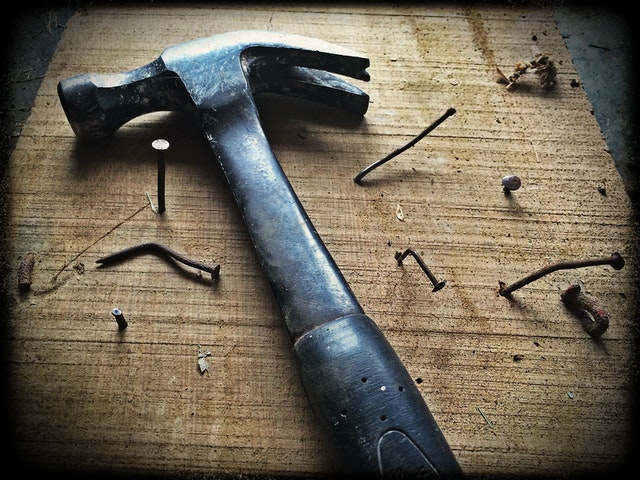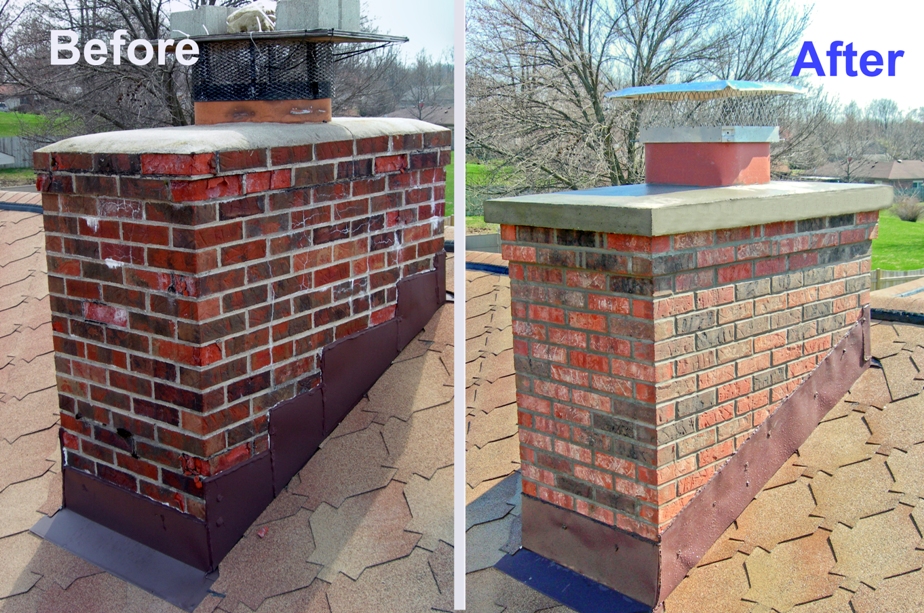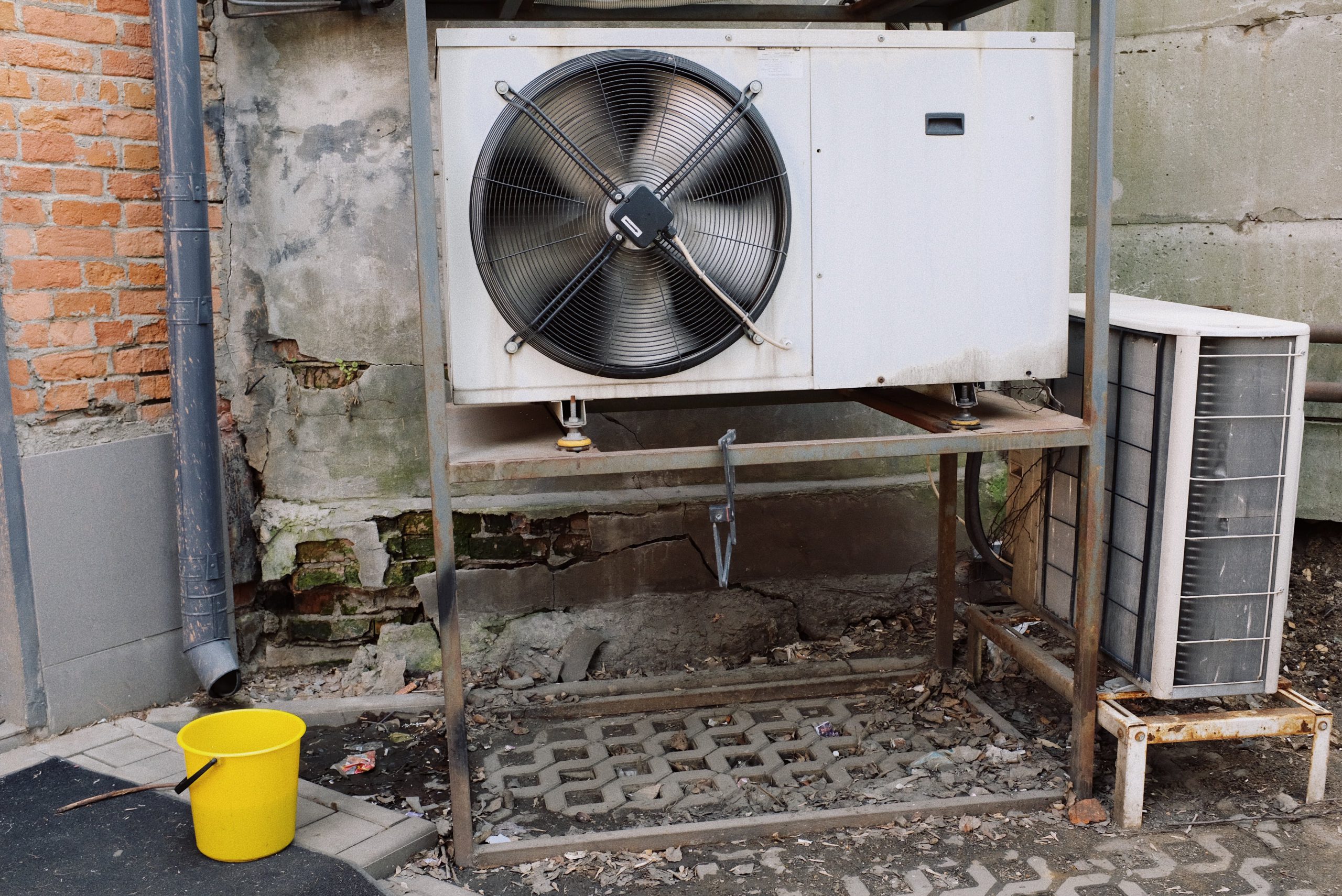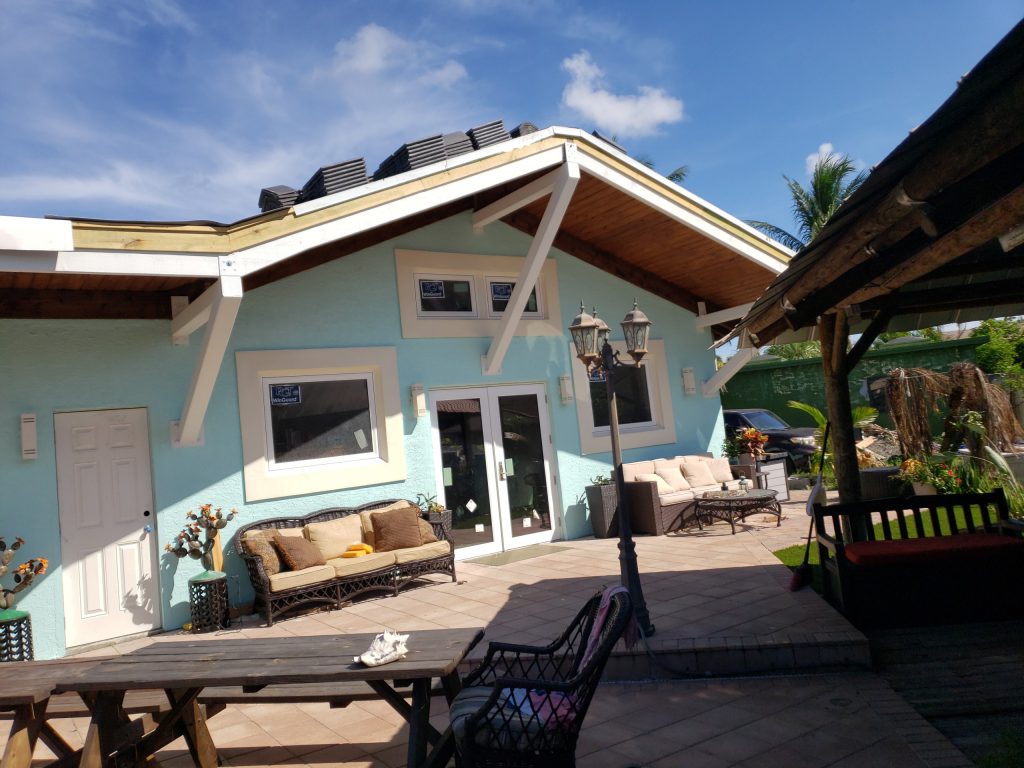Different roof systems have different problems. Each had issues common to the roof type. So, tile roofs have common issues for tile, and shingle roofs common issues for shingles. The repairs for these problems are also similar depending on the roof type you’re working on. In this blog, we will examine roofing problems specific to each type.
The Top 5 Most Common Roof Problems
These are 5 roof problems you may face in common.
1. A type 1 tile roof is designed to have the tiles as the water deterrent.
Type 1 roofs don’t need tar paper under them. The tiles are laid in such a way that water flows over the top, from one to the next. Any cracked tiles will cause a leak. So, the biggest common problem with type 1 tile roofs is cracked tiles.
2. Cracked tiles.
Type 3 tiles roof, like the ones we construct in the Boca Raton Fl area, rely on tar paper installed under the tiles to form a “secondary water barrier”. Cracked tiles on a type 3 roof don’t necessarily produce a leak. Unless the tiles are secured to the roof using nails. Nail on tile roofs penetrates the tar paper below. Water getting under the tiles through cracks, cracked stucco around roof penetrations or where a gable meets hip rust the nails. Rusted nails commonly cause roof leaks.
3. Tile Puncture.
Roof shingles are uses across the country including South Florida. They are used on both residential and commercial roofs. They are relatively inexpensive and easy to install. There are two kinds of shingles, architectural and 3-tabbed. You might be surprised to know that I find bullets lodged in many shingle roofs. Tree branches rubbing or falling are also a common occurrence. But the single most common problem on shingle roofs is nails backing up and puncturing it.
4. Asphalt-based roof leaks.
Asphalt flat roofs are found on both residential and commercial roofs. Asphalt roofing has been around forever. They have several redundant layers of rolled roofing adhered with hot asphalt between the layers. But most leaks in asphalt-based roofs develop in the flashing system, where the field membrane meets a penetration, wall, or roof edge.
5. Single-ply roof weaknesses.
Single-ply flat roofs are called such because they have only one layer. TPO is the widely used single-ply system used today. So, punctures, falling objects, and foot traffic are the most common cause of roof leaks in TPO flat roofs. But there is another frequent cause and that’s the original install. Single-ply roofs come in 10-foot rolls. They are seamed together being welded with hot air guns. If the gun operator misses a small spot, we get a “cold weld”. Cold welds leak is far too often the cause for roof leaks.
Classic Roof Problems: Leaks
The hardest part about fixing a roof leak is finding the roof leak. Finding the root cause can be challenging. An unsupervised roofing crew will try to put patches on anything that looks suspicious. That’s not a good method as it really is just a guess.
A diligent roofing crew will demolish suspicious areas looking for signs that water got in. If there is roof insulation it will be soggy. If it’s a wood or concrete substrate, there will be stains. Demolition stops when no more traces of water is found.
The repair is completed using the best industry-standard roof materials and techniques based on the type of roof being worked on. All done to prevent a roof replacement.
How to Fix Roof Problems on Vents Section
Most roofs have vents. These vents may bring you some kind of roof problems you need to consider.
Vents come in all shapes and sizes but all are made of metal. The galvanized roof vent will rust over time. A repair can be as easy as cleaning off the rust and caulking. Aluminum and copper roof vents do not corrode and last much longer.
But many suspected vent leaks are not the vent itself. Many are roof leaks near the vent. On tile roofs, water gets in through cracks in the stucco packed around the vent causing a roof leak. On shingle roofs, it can just be the sealant around the vent. And on flat roofs, it's usually the base flashing.
Missing or Damaged Shingles
Shingles can be blown off or damaged in high wind events. The same thing can happen when tree branches rub and fall on roofs. Fortunately, shingle roof repairs are easy roof problems you can fix.
One needs to lift the shingle above with a flat bar and pull out the nails. There will be six nails per shingle if live in the South Florida area. Remove as many shingles as you need. The slip new ones in and re-nail them.
If the leak has persisted for a long time, there may be rotten wood that needs to change. This complicates the repair requiring the need for a licensed contractor for the roof maintenance.
Roof Problems That Coming from Cracked or Broken Roof Tiles
This kind of roof problems can be fixed by yourself. You can repair or replace damaged roof tiles. Repairing requires the use of an approved roof tile repair mastic. We use OSI’s RT-600. This product has high strength and is approved to repair and adhere to roof tiles in a repair.
Replacing broken roof tiles can be a good option. The nail on tiles needs to be lifted and then remove the nail using a flat bar. It's sometimes possible to just lift and pull out tiles held with nails. Tile held on with foam tends to peel up with a little finessing.
Mortar on tiles is the worst. You’ll need to break the tile and mortar off with a hammer. If you try to pull the tile off, you will tear the tar paper and your repair will get bigger than needed. Good thing we don’t use mortar to secure tiles anymore. It’s only found on an old roof that probably should not be repaired anyway.
How to Fix a Flat Roof?
The most common repair used by homeowners and DIY guys to fix the roof problems is a cold process patch using plastic cement. A proper repair of a flat roof like this will have fabric applied between layers. We call that three-coursing. But this is a simple repair and not intended to be permanent. Products like Flex Seal are of the same value.
A Handyman special repair (Handymen are bad, don’t use them for roofing services) will use “roof in a can”. What’s that? That’s any product in a 5 gallon can and applied with a brush or roller. The product's warranties make ridiculous claims for 5, 10, and one 50 years.
Read more about warranties on my blog HERE.









